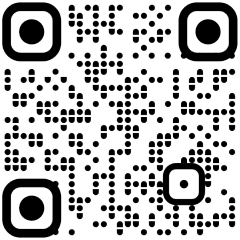The return on assets (RoA) of banks is expected to moderate to 1.1-1.2% this fiscal after touching a 20-year high of 1.3% in fiscal 2024. However, it will be healthy compared with the long-term sectoral average of 0.75% over 20 years (average of 0.5% over the past 10 years).
The expected moderation in profitability is on account of higher cost of deposits given continued re-pricing at elevated rates. Deposit costs are expected to increase 25-30 basis points (bps) this fiscal after having risen 140 bps since the start of the rate tightening cycle (chart 2 in annexure).
As a result, the net interest margin (NIM) is likely to compress 10-20 bps this fiscal to 3.0-3.1%.
Improvement in credit costs, which has supported the rising profitability of the banking sector in recent years, is likely to bottom out this fiscal and will, therefore, provide only a partial offset.
Ajit Velonie, Senior Director, CRISIL Ratings, says, “The interest rate on fresh term deposits has largely plateaued. But the impact is still flowing through to the outstanding deposits as they come up for renewal, resulting in re-pricing of existing deposits at higher rates. And this process should continue through the first half of this fiscal. While interest rates may come down in the second half of this fiscal, transmission of any rate cut on the deposit side would be slower given the competitive environment and the tight systemic liquidity.”
The asset side
In contrast, on the assets side, a rate cut would trigger faster repricing downwards as over 40% of advances are linked to an external benchmark (External Benchmark-based Lending Rate, or EBLR), primarily repo. Together, these factors indicate a compression in NIM in fiscal 2025. The transmission on the assets and liabilities sides will continue into fiscal 2026.
This is the reverse of what played out when the rate tightening cycle started in May 2022. As repo rates started rising, floating rate loans, especially EBLR-linked advances, began repricing upwards faster and interest income rose sharply. On the other hand, banks started to hike rates on fresh deposits with a lag given the excess liquidity situation prevailing then. As a result, NIM expanded sharply in the second half of fiscal 2023 to 3.4% from 3% in the first half.
Apart from interest rate, credit cost also impacts bank profitability. The overall profitability has benefitted from a secular improvement in credit cost to below 0.5% in fiscal 2024 from a peak of 2.3% in fiscal 2018.
Subha Sri Narayanan, Director, CRISIL Ratings, says, “Gross non-performing assets should continue to decline further from ~2.7% as of March 2024. India Inc’s credit quality outlook remains positive on the back of stronger, deleveraged balance sheets. On the retail side, delinquencies are expected to be range bound. Early bucket delinquencies are also controlled, as evidenced by SMA3 trends. Consequently, credit cost will remain low, though it is close to bottoming out and is unlikely to decline by more than 5 bps hereon.”









